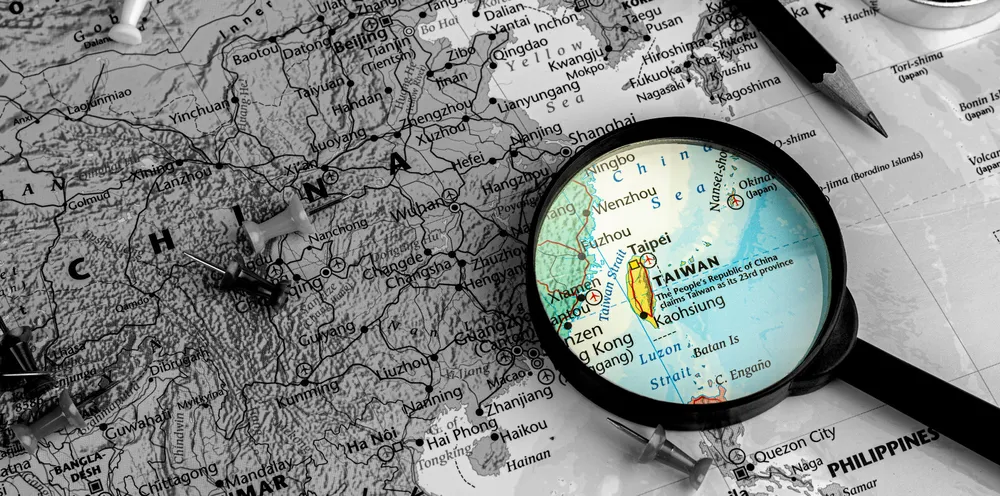COP26 | Taiwan's offshore wind dilemma holds lessons for the world
The island has linked huge growth ambition with high expectations for industrial kick-backs and cheap power – it's a difficult balancing act, writes Tim Ferry

The island has linked huge growth ambition with high expectations for industrial kick-backs and cheap power – it's a difficult balancing act, writes Tim Ferry
